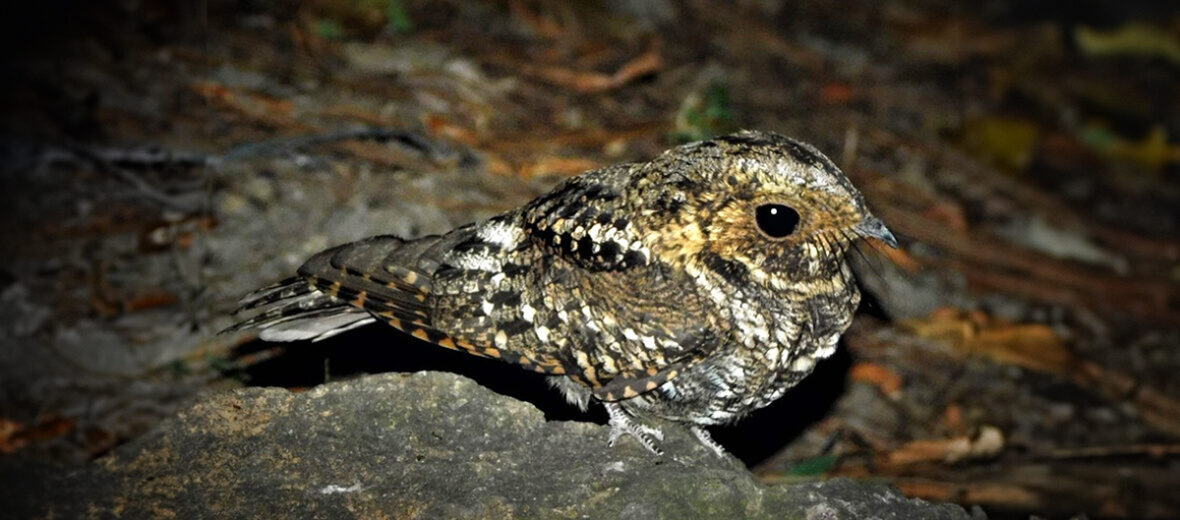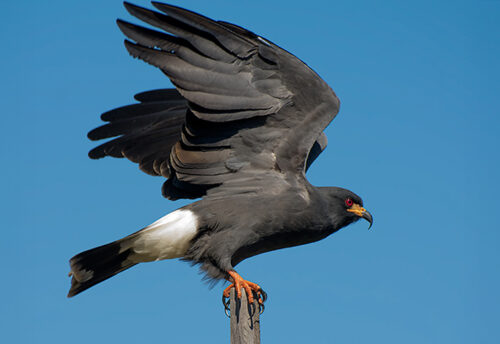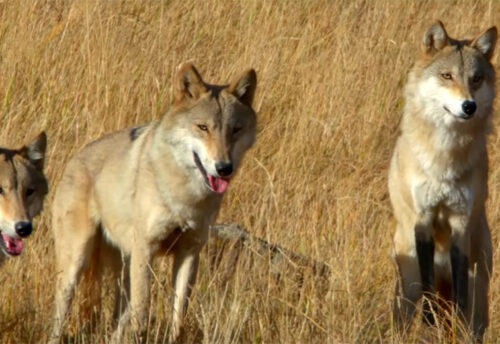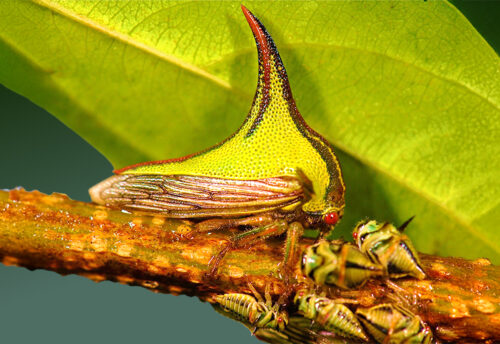
The Mexican whip-poor-will is a medium-sized member of the nightjar family. They inhabit the southwestern United States, Mexico, and northern Central America. With no major threats, sans habitat loss, these birds are listed as Least Concern by the IUCN. However, their numbers of an estimated 320,000 are decreasing throughout their ranges.
First the Stats…
Scientific name: Antrostomus arizonae
Weight: Up to 1.8 ounces
Length: Up to 9.4 inches
Wingspan: Up to 18.9 inches
Lifespan: Up to 15 years
Now on to the Facts!
1.) Up until 2010 the Mexican whip-poor-will and the eastern whip-poor-will were considered the same species. They were later separated into 2 species based on differences in morphology, genetics, and their vocalizations.
2.) There are 5 subspecies of whip-poor-will: A. a. arizonae, A. a. setosus, A. a. oaxacae, A. a. chiapensis Nelson, and A. a. vermiculatus.
3.) Their preferred habitat is middle to mid-upper elevations, semi-arid to moist landscapes with an abundance of oaks and pines.
4.) Whip-poor-wills are both crepuscular (active at dawn and dusk) and nocturnal (active at night).
5.) During the day, they remain perfectly motionless and their molted pattern blends in almost perfectly with the tree bark.
But wait, there’s more on the Mexican whip-poor-will!
6.) Insects, such as beetles and moths, are the preferred menu items.
7.) Females lay a clutch of 2 eggs each season that hatch in up to 21 days.
Did you know…?
Both males and females possess a brood pouch (bare, featherless patch on their abdomen) which aids in incubating their eggs. The fact that both the male and female have a brood pouch indicates that they both partake in incubation duties.
8.) Due to their incredible camouflage, these birds are more often heard rather than being seen.
9.) Their vocalizations consist of a call that sounds like their namesake: whip-poor-will. They also produce a single, low, mellow queerp and/or quirt note, a growl, and a growl-chuck sound.
10.) Raccoons, skunks, snakes, coyotes, and red foxes all prey on these critters.
Now a Short Mexican Whip-Poor-Will Video!
Be sure to share & comment below! Also, check out the Critter Science YouTube channel. Videos added regularly!
Want to suggest a critter for me to write about? Let me know here.
Some source material acquired from: Wikipedia & IUCN
Photo credit: iNaturalist




